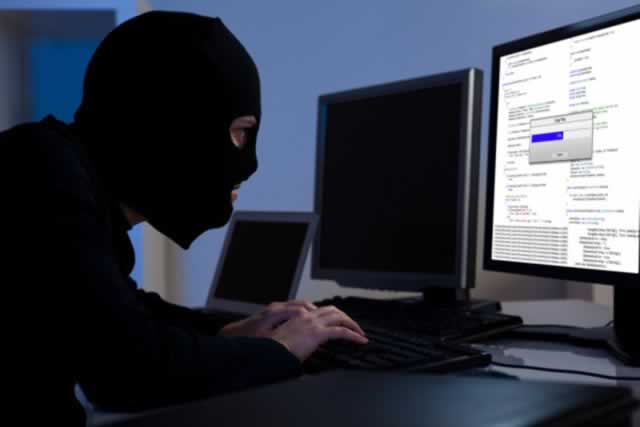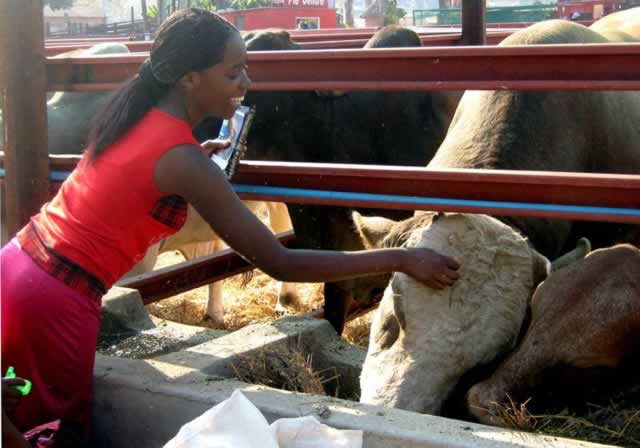Digital con-artists lurking


When online, one is never sure if whoever is on the other side of the electronic exchanges is after business or unfairly gained fortunes
A danger to visual artists is the proliferation of online con-artists who are specialists in exploiting others for financial gain.
With the economy looking depressed, it is becoming difficult for trained artists to find formal employment.
Advertising agencies and printing companies are either downsizing or closing down. Many artists are finding self-employment as the only available option.
Independence and self-sustenance are central to artistic expression and any form of threat to these principal ideas is unwelcome. But the drawbacks of going it alone may mean the difference between being broke and financial stability. Competent visual artists can only fail to make ends meet if they are not presented with the right opportunities.
Fortunately, the internet is full of potential income-generating prospects that include residencies, competitions, commissions, exhibitions and other such opportunities.
A simple Google search has the potential to link Zimbabwean visual artists with an audience in its billions.
Residencies, a practice by art institutions such as galleries involving the invitation of visual artists to work under their roof, reaps financial benefits for the visitors who also get an opportunity to exhibit their work.
There is always a theme-oriented competition open to Zimbabwean artists and available online. From poster designs to pen illustrations, vector designs to sculpture, potential to generate much needed cash for the visual artists is abundant.
A number of web-based companies and individuals are always on the lookout for some form of art from anywhere in the world.
It is important that artists’ profiles, including samples of past works, are made available on the internet so that the link between artists and potential buyers or sponsors is fast and easy.
Part of the wider problem relating to the internet is that of credibility. A danger to visual artists is the proliferation of online con-artists who are specialists in exploiting others for financial gain.
When online, one is never sure if whoever is on the other side of the electronic exchanges is after business or unfairly gained fortunes. It is therefore vital that extreme caution is exercised when local artists make contact with the outside through the internet.
Any images send electronically should either be too small, in terms of pixels for reproduction or carry a watermark to protect it from being used illegally. To avoid being scammed by con artists, visual artists have a duty to verify. Verification may involve contacting references through people that have previously done business with the potential buyer.
Art thieves are unlike Nigerian scammers that claim to be part of some obscure, rich monarch looking for partners to invest millions of dollars. They steal anything from a dollar worth of a drawing to the equivalent of the Mona Lisa.
The tricky bit of doing business on the internet is the lack of physical contact between or among the negotiating parties.
Everything from including mail, verbal exchange and money transfer is all electronic and at times, until the very end, business partners may not even know what the other may look like.
And because of the fact that people from more than one country may be involved, the differences in legislation for the protection of artists and their work make it difficult for anyone treated unfairly to eventually get justice.
Prevention therefore is better than cure.
The going rate for artworks is usually between $50 and $60 per hour, money that most local buyers of art are unwilling to part with. But the availability of huge sums of money creates the potential for unprofessional practice by the artists themselves.
The need to make a quick buck may override professionalism and result in unfair, unethical, immoral or illegal practices, including the brazen duplication of other artists’ work. Breach of copyright laws is suicidal as legislation relating to duplication and ownership of reproductive rights are universal.
The internet may offer huge, unlimited opportunities for the artist with a keen eye for career prospects , but unlike the conventional market, the online soul is made up of a mixture of professionals and crooks.
It is never easy to tell the difference between one and the other.
Some crooks would even pass credibility tests, but for the artists intending to sell works online, the important thing would be to hang on to the actual product until the money is safely reflecting in the bank.
As artists’ profiles grow it becomes imperative that each develops a strong online presence that includes a website and attachments to art groups and associations.
That way, artists may have potential buyers looking for them often, rather than the other way round. Wherever there are opportunities, there are always people waiting to take advantage by exploiting the weak and the ill-informed. The internet is no different and as more and more users join in, the threat is even bigger.
For visual artists, the money is there but vigilance is always key.








Comments